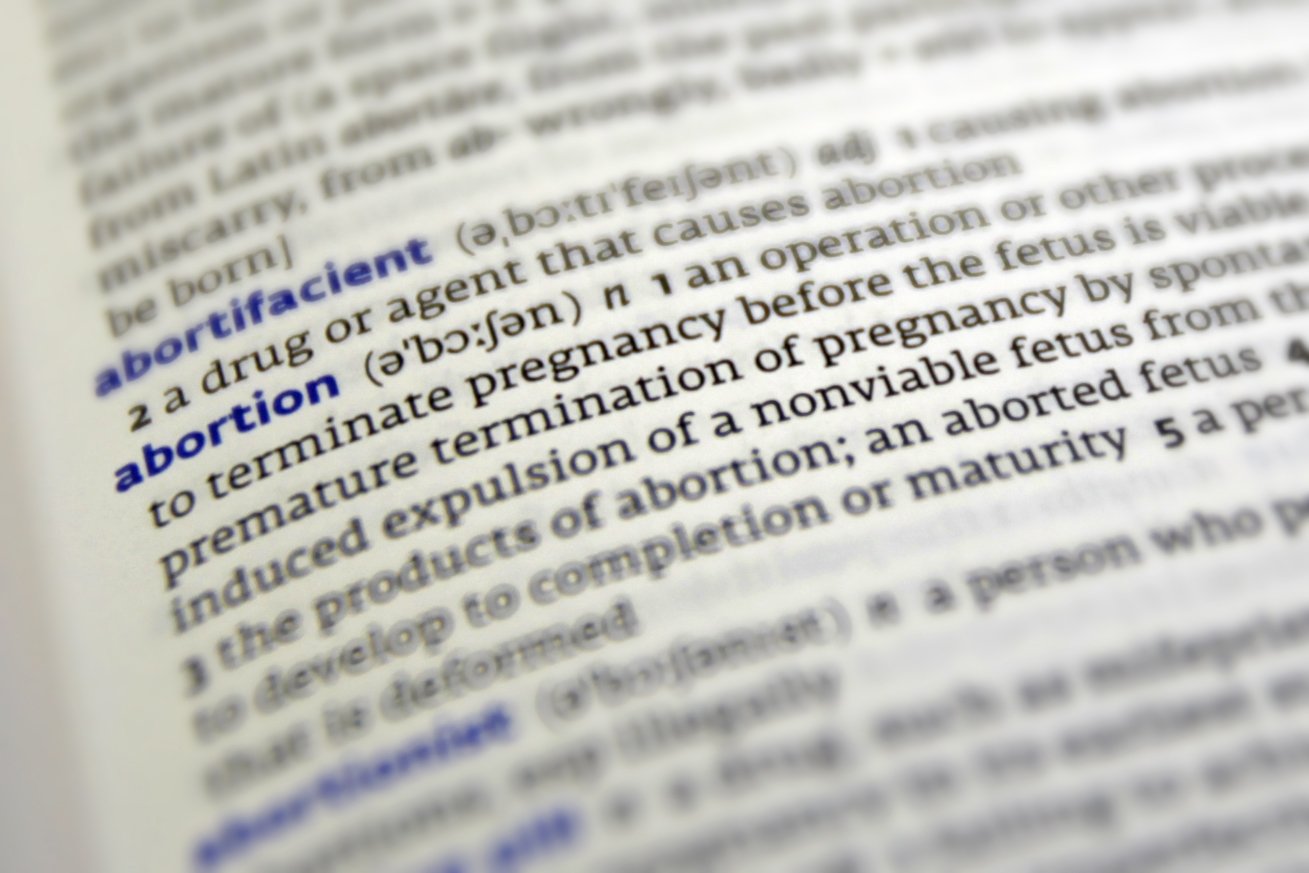Almost half of all abortions are categorized by the institute as “unsafe”, and this figure is rising – it estimates 49 percent in this latest (2008) study compared with 44 percent at the time of the baseline study in 1995. According to the World Health Organization (WHO), 13 percent of maternal deaths, and a vast amount of suffering and ill-health can be attributed to the consequences of unsafe abortion.
Abortion is a worldwide phenomenon, and although variations exist between regions, they are not huge. Developed countries have an estimated 24 abortions for every 1,000 women aged 15 to 44; the rate in developing countries is 29 per 1,000. Around one in five pregnancies ends in abortion.
Dr Iqbal Shah of the WHO’s Department of Reproductive Health stressed the universality of the predicament. “One should say that no woman actually wants to become pregnant to have an abortion. It is the result of an accident. And at the WHO we estimate that this amounts to 33 million accidental pregnancies a year, which of course can lead to abortion. And where that is restricted by law, they have no choice but to resort to unsafe procedures.”
The main author of the report, Gilda Sedgh, said: “Abortion laws tend to be restrictive in developing countries. The majority of abortions are unsafe, and some people are sure that those abortions are unsafe because they are happening in very poor countries with very poor health systems. And that is true, and that is important... but even within developing countries, illness and death from abortion have declined where abortion laws have been liberalized. We have evidence from South Africa where the abortion law was liberalized in 1997... the annual number of abortion-related deaths, within three years of the liberalization of the law, fell by about 90 percent.”
Burden of death
Commenting on the research, Beverly Winikoff, of Gynuity Health Projects in New York, said: “Almost the entire burden of death due to abortion occurs in Africa, Asia and Latin America. Somehow, we typically act as if this were neither surprising nor troubling. But there are no regional biological differences in women that could account for this discrepancy; there is no procedure to prevent death that is unknown to practitioners where the toll is high; there are no costly technologies needed to avoid these deaths. If a lack exists, it is a lack of caring – a willingness to sacrifice lives to an ideological moral high ground, to social acceptability or to the maintenance of a political comfort zone.”
Sedgh says: “The abortion rate is actually lower in sub-regions characterized by liberal laws, compared with [those] characterized by restrictive abortion laws.” But she adds, “That’s not to say that these laws lead to lower or higher abortion rates; our findings add to the evidence that abortion rates are especially correlated with trends in contraceptive use. Basically the higher the contraceptive use, the lower the abortion rate.”
Contraception funding
Thus a stalling in the availability of contraception is the underlying reason behind a stalling in the reduction in abortions. Sedgh told IRIN: “In some countries this stalling has been attributed to the funding for family planning not keeping pace with the demand, which has been constantly increasing both as the size of the population has been growing and as women and couples increasingly want to have small families. So the supply is not keeping up with the demand.
“In some countries it also has to do with the limits of the family planning programmes that are in place, which don’t offer a wide range of methods. So at first you can see an increase, as the need which is most easily met is met. But the quality of the family planning services needs to expand. They need to offer a wider range of methods. They need to make sure that information and counselling is there to match women to the methods that they need.”
Stigmatization
Sedgh and her colleagues confine themselves to medical statistics, avoiding the politics of abortion. But Richard Horton, editor of the London-based medical journal, The Lancet, which published the research, said: “We have found at The Lancet that the mere mention of the word ‘abortion’... leads to a phenomenal and visceral reaction against even discussing the issue. I was involved in a commission on women’s and children’s health last year... and in our final report we drew attention to the issue of abortion, and the American representative on the commission explicitly came to me and asked me to remove the word ‘abortion’ from our draft.
“Even under an Obama administration it is not possible to have an open discussion about abortion in international agencies and commissions. And this stigmatization, this censorship around the issue of abortion, is what is causing the enormous distortion in priorities for women’s health today.”
eb/mw
This article was produced by IRIN News while it was part of the United Nations Office for the Coordination of Humanitarian Affairs. Please send queries on copyright or liability to the UN. For more information: https://shop.un.org/rights-permissions





